Red Dust Racers
The Centenary History of Lake Perkolilli and the Emergence of Motorsport in Western Australia 1914–2014
by Graeme Cocks
The state of Western Australia, comprising the most of the western third of the island continent, is so big that it makes Texas look small. Although it was settled in the late 1820s, nothing much happened until gold was discovered, first at Coolgardie in 1892 then in 1893 at Kalgoorlie, 370 miles inland from the capital of Perth but still less than halfway across this huge state.
In the dry inland, the horse could be a liability, so the bicycle became the popular mode of transport, the new “safety bicycle” being a much more practical cross-country machine than the earlier “ordinary” or penny-farthing.
This is the point in history at which Graeme Cocks takes up the story of the “red dust racers” in this weighty tome (almost eight pounds) that has taken him twenty years to research. The cyclists and later motorcyclists and motorists were keen to show off the speed of their machines and they soon found what seemed to be the ideal location, a few miles up the road at a clay pan known as Lake Perkolilli.
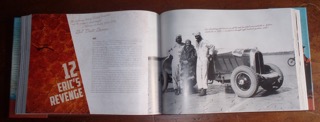 This dry lake stretched for one and a quarter miles long by about a mile wide and provided a dead flat surface that was perfect for high-speed running. To quote Cocks’ Introduction: “The rock hard surface was a revelation. They could hurtle across the landscape with a freedom that had not experienced before. There were no limits. The rider or driver could be totally at one with the machine. There were no crossings, no police, no horses or camels to get in the way, no brick walls or picket fences to run into, no tram [trolley] tracks to get caught in. It was just the cacophony of the machine, the smooth surface of the clay pan and the wind rushing past.”
This dry lake stretched for one and a quarter miles long by about a mile wide and provided a dead flat surface that was perfect for high-speed running. To quote Cocks’ Introduction: “The rock hard surface was a revelation. They could hurtle across the landscape with a freedom that had not experienced before. There were no limits. The rider or driver could be totally at one with the machine. There were no crossings, no police, no horses or camels to get in the way, no brick walls or picket fences to run into, no tram [trolley] tracks to get caught in. It was just the cacophony of the machine, the smooth surface of the clay pan and the wind rushing past.”
Organized racing began at the lake in 1914 and Cocks covers the development of motoring and motor racing in Western Australia that led to the Lake Perkolilli races. World War I interrupted racing and some of the top racers didn’t survive the war, but racing returned to the lake in the 1920s and continued into the 1930s.
At a mile and a quarter, the lake isn’t long enough for really high-speed runs, but it is certainly big enough to set up a circular track and that’s what happened. Circular tracks of up to two miles circumference were used at various times and a “Grand Prix” circuit with hairpin bends was also marked out.
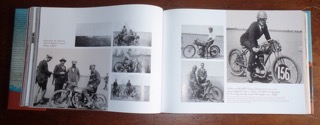 Apart from a solitary Bugatti, the leading cars were almost all American chassis, and the car to beat from 1927 until the early 1930s was Silverwings, a remarkable racer based on a 1926 Chrysler 70. This car dominated at Perkolilli, driven by Arthur Colliver, until Ossie Cranston created his Ford V8 special from a 1933 Ford. The Ford’s grille changed each year to match the current model, and by 1935 it acquired a long tapered tail with a characteristic fin on top. Other quick cars at Perkolilli included an Auburn straight-eight and a number of Overlands, a popular model on the goldfields.
Apart from a solitary Bugatti, the leading cars were almost all American chassis, and the car to beat from 1927 until the early 1930s was Silverwings, a remarkable racer based on a 1926 Chrysler 70. This car dominated at Perkolilli, driven by Arthur Colliver, until Ossie Cranston created his Ford V8 special from a 1933 Ford. The Ford’s grille changed each year to match the current model, and by 1935 it acquired a long tapered tail with a characteristic fin on top. Other quick cars at Perkolilli included an Auburn straight-eight and a number of Overlands, a popular model on the goldfields.
All that and more is described in this substantial book. It is in landscape format, 14.25 x 10.125″, and has almost 500 gilt-edged pages in faux leather binding inside a colourful dust jacket. A thousand illustrations help tell the story of this remarkable venue that drew large crowds even though it was so far from the capital and main population center, Perth.
In the mid-1930s a new challenge for Perkolilli arose in the form of round-the-houses racing, with Albany on the south coast starting the ball rolling in 1936. Other country towns could see the benefit of having competitors and spectators descend on them with money to spend on food and accommodation. Spectators saw the advantage of venues closer to Perth or in holiday centers like Albany and they began to stay away from the primitive facilities of Perkolilli.
In 1939 Australia became involved in World War II and racing virtually stopped with the exception of the Patriotic Grand Prix meeting held on the streets of the Perth suburb of Applecross in 1940. The Perkolilli story should have stopped there, but as Graeme discovered, there was still activity at the lake.
Postwar racing was almost entirely for motorcycles although local TQ (three-quarter midget) racers used the lake for testing their cars. Other users were parachutists and hang-gliders and the lake even formed part of a rally special stage. There was also a runway marked out to be used as an emergency airstrip.
Cocks became obsessed (his wife’s words) with Silverwings, the old Chrysler Special and, when extensive research failed to discover any sign of the car’s survival, he decided to build a replica. The obvious thing to do then was to take Silverwings II back to the lake that saw the original car’s great success. The gathering at Perkolilli in 1997 to celebrate the seventieth anniversary of the original’s record breaking run is described in the book, as is a second gathering in 2014 to celebrate the centenary of racing at the lake.
That’s where the book ends, with the centenary celebration and the downpour that interrupted the proceedings and showed the participants why it is called Lake Perkolilli.
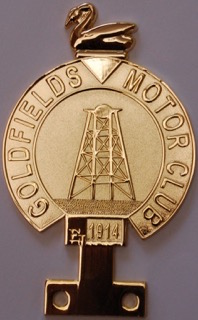 This is a book irresistible to anyone interested in the history of motorsport. It tells a story that is very much a sidebar to the mainline history of the sport, but what a fascinating sidebar . . .
This is a book irresistible to anyone interested in the history of motorsport. It tells a story that is very much a sidebar to the mainline history of the sport, but what a fascinating sidebar . . .
Published in a limited, numbered edition of 1000, of which the first 500 will come with a reproduction Goldfields Motor Club metal car badge.
Copyright 2016, Bob Campbell (speedreaders.info)
Red Dust Racers:
The Centenary History of Lake Perkolilli and the Emergence of Motorsport in Western Australia 1914–2014
by Graeme Cocks
Astuto Pty Limited, 2016
488 pages, 1000 illustrations, hardcover
List Price: AU $149.50 plus shipping
ISBN 13: 9780987280817


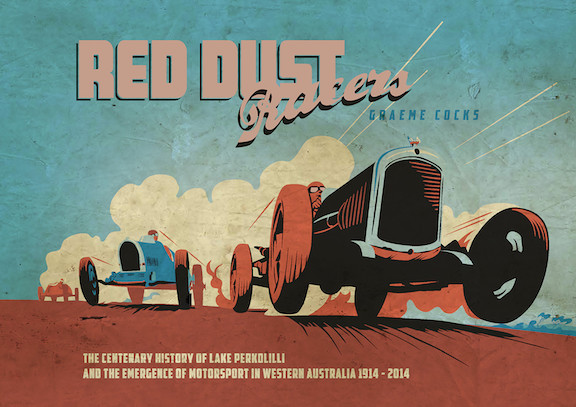
 RSS Feed - Comments
RSS Feed - Comments
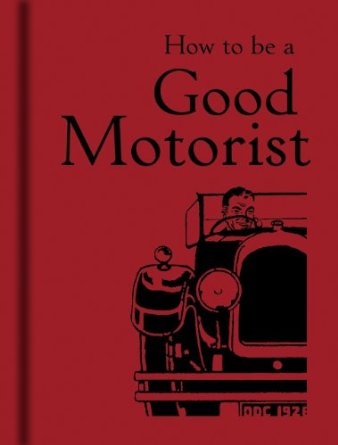

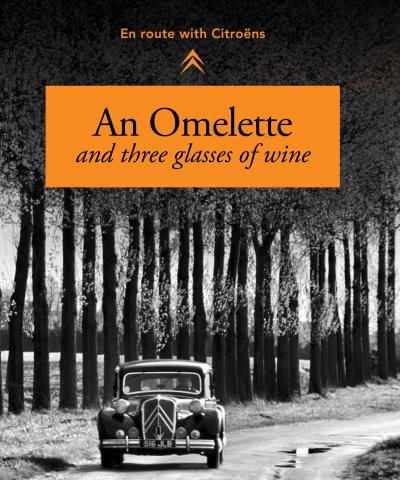
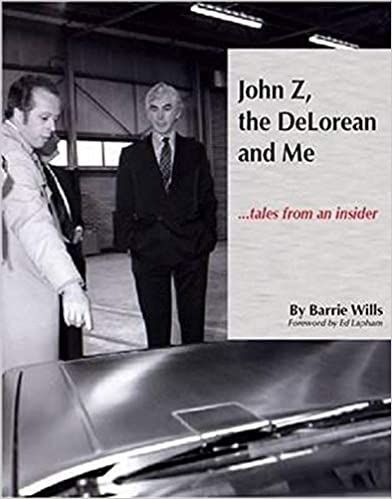
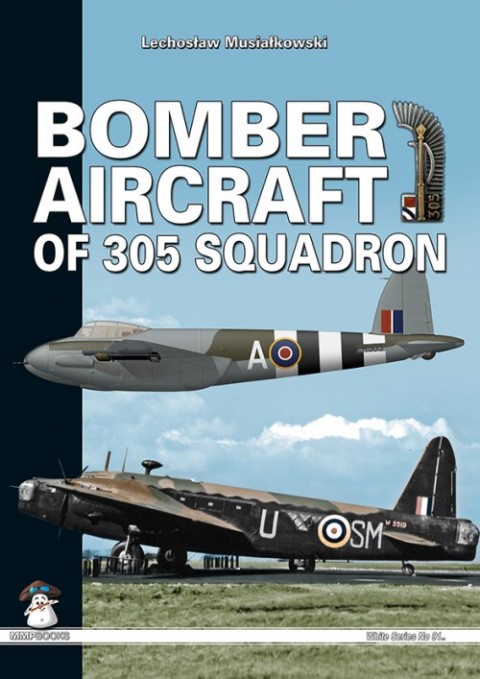


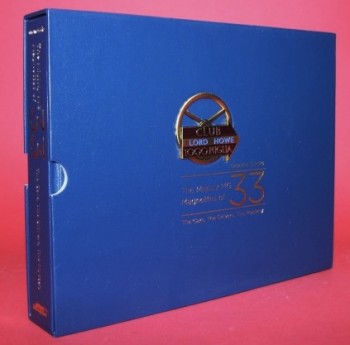

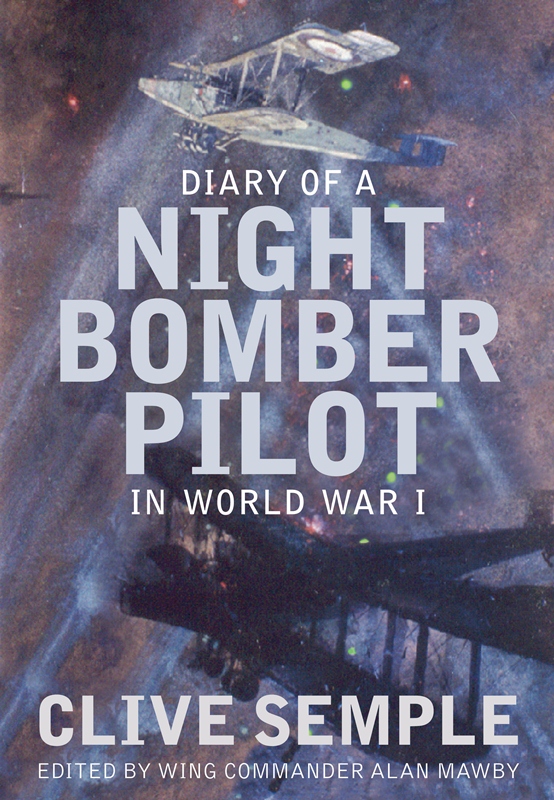
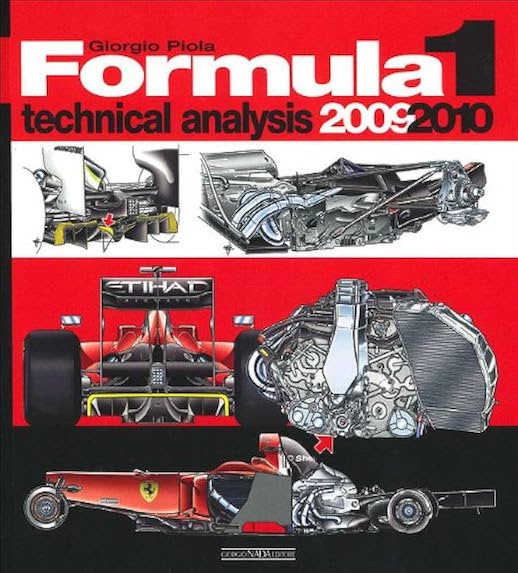
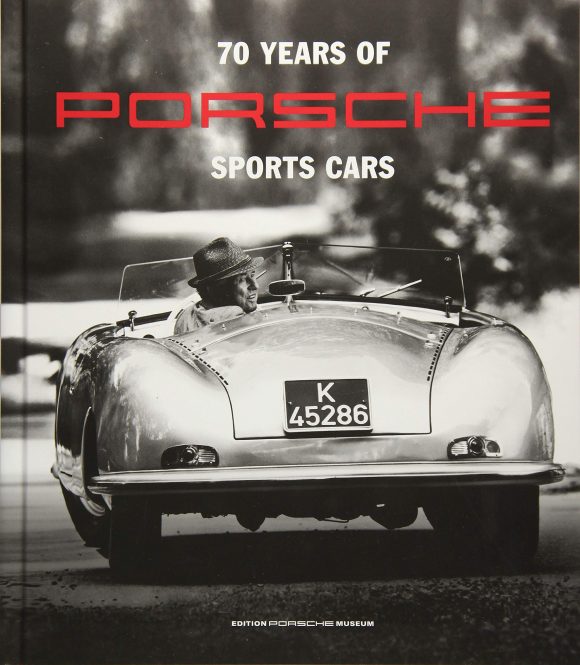
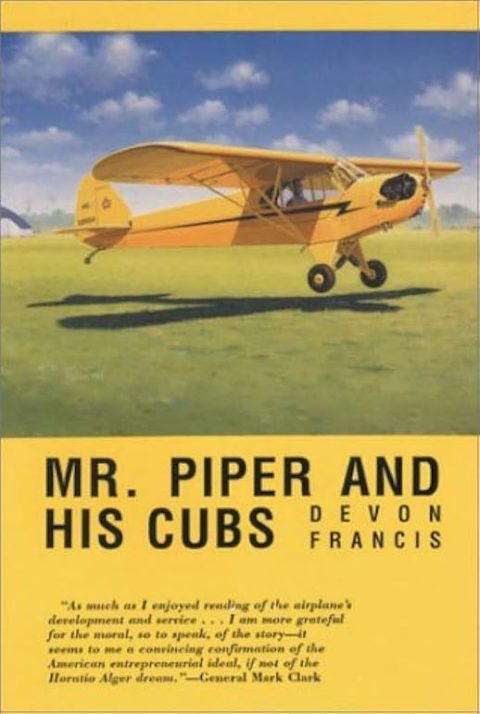

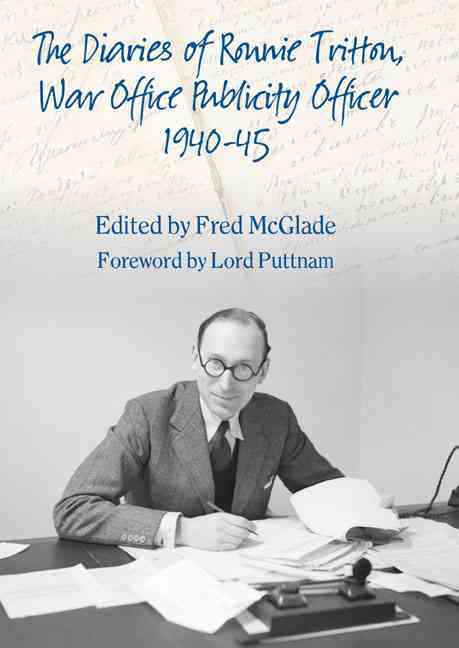

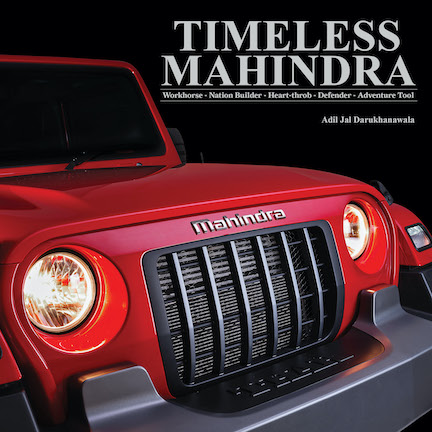
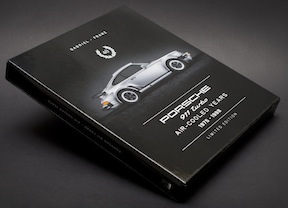

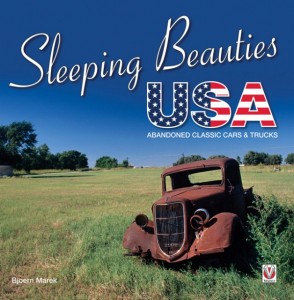
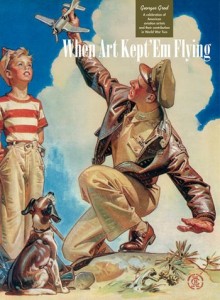
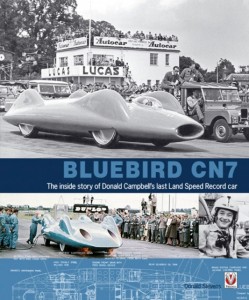
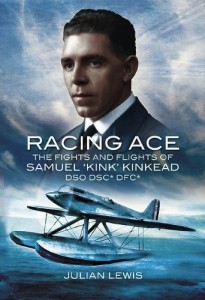
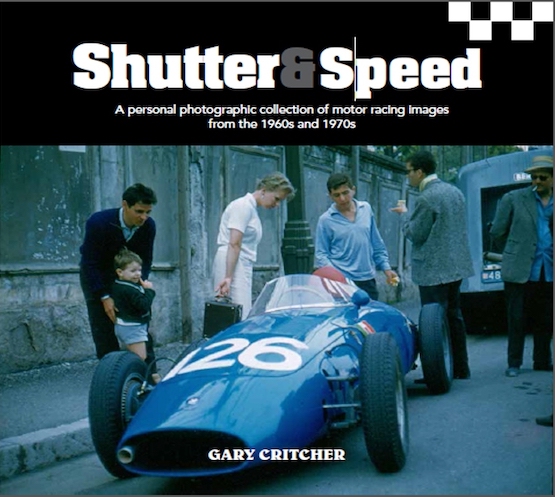
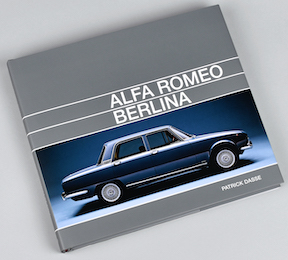

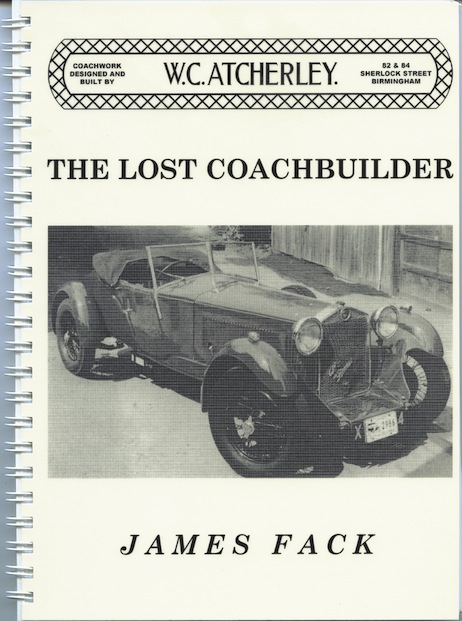
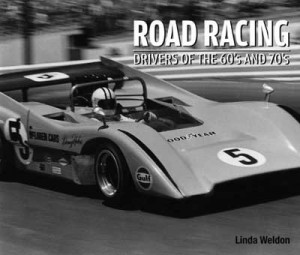
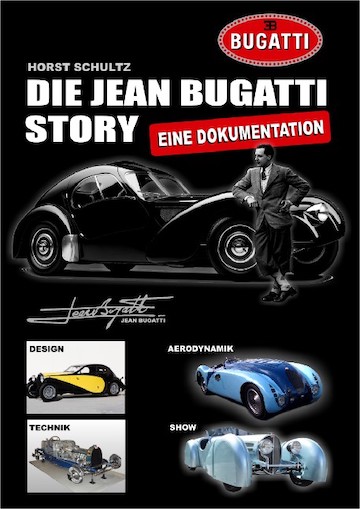

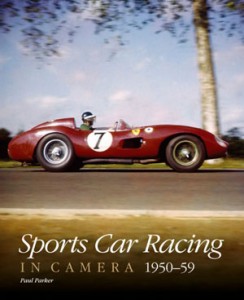
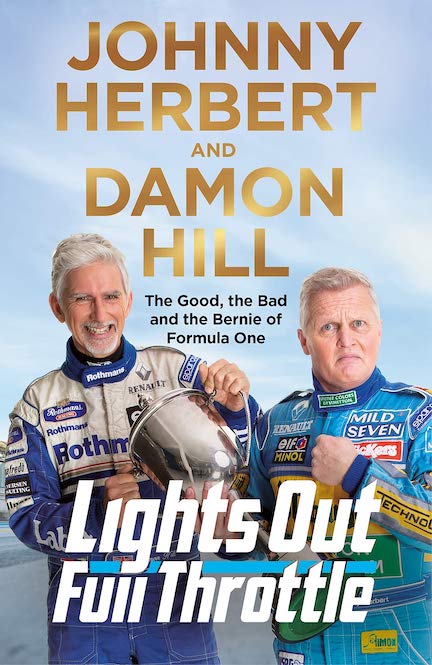
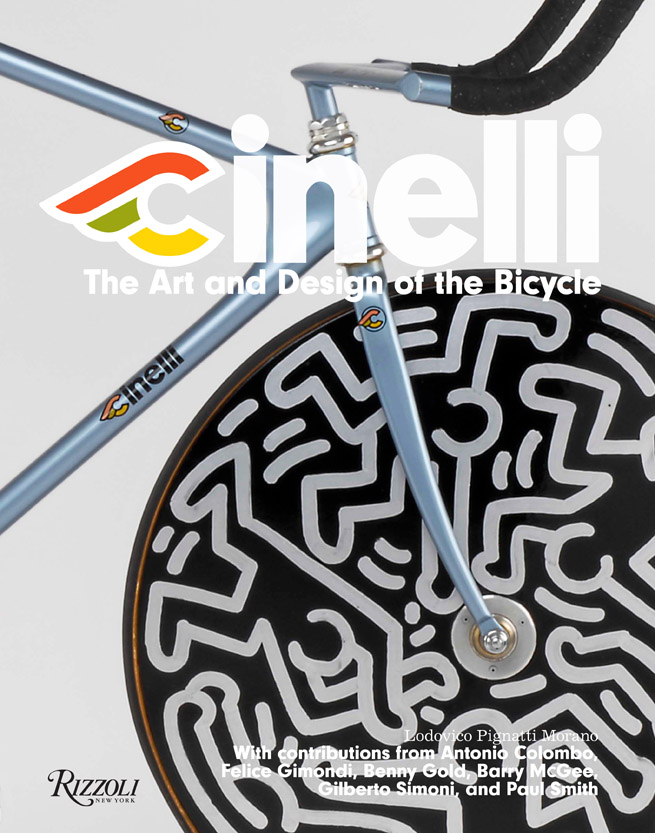
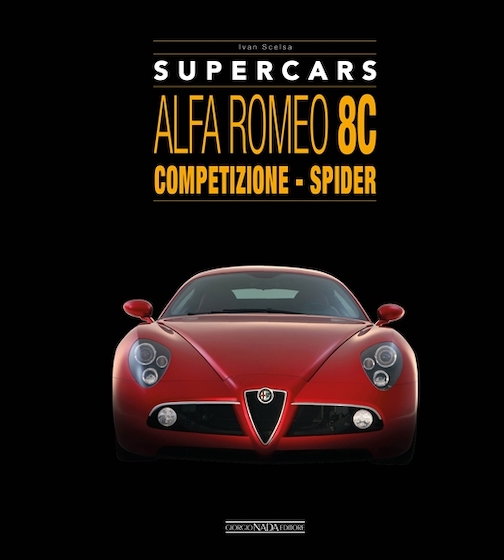
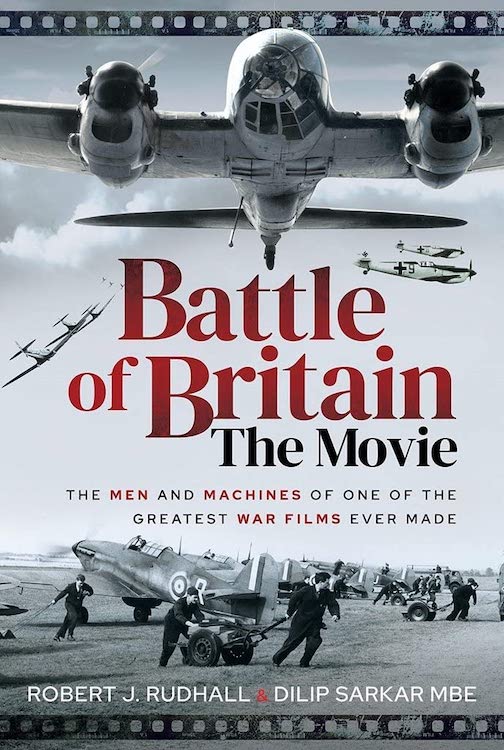
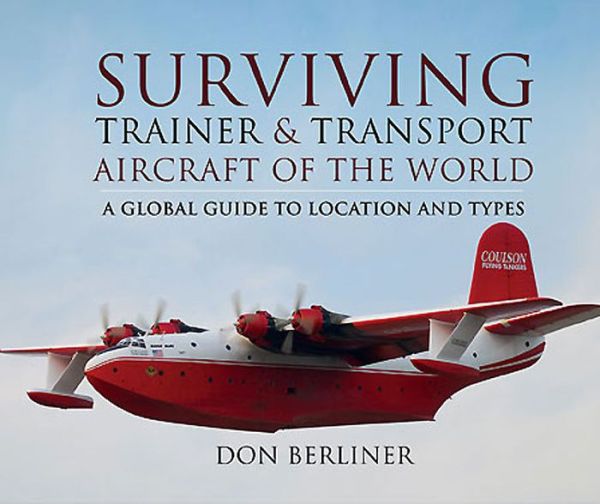
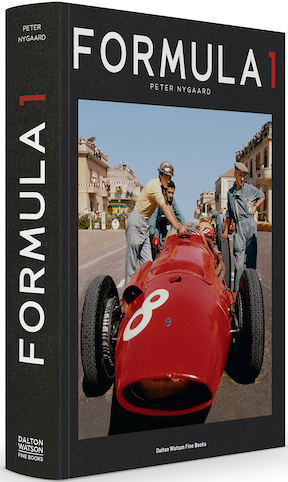
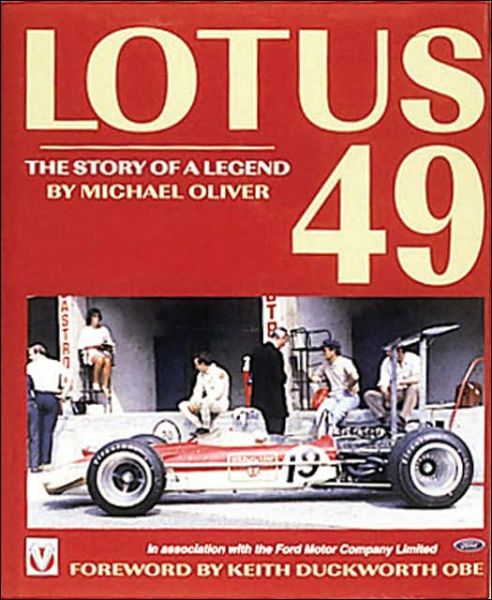
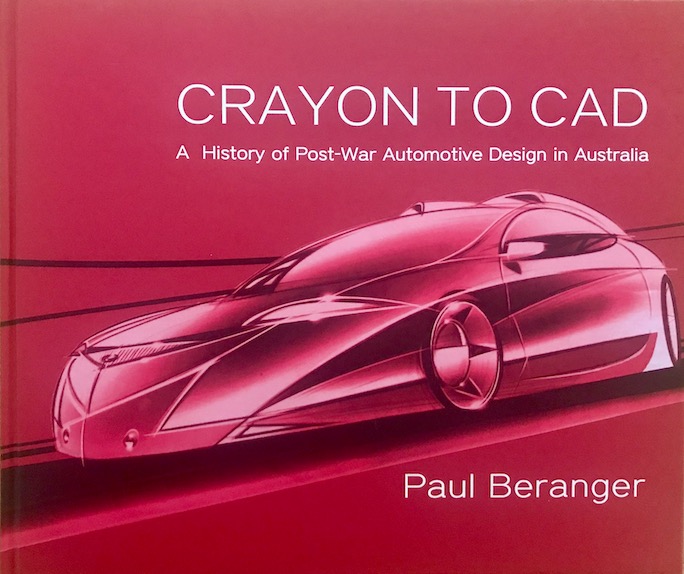
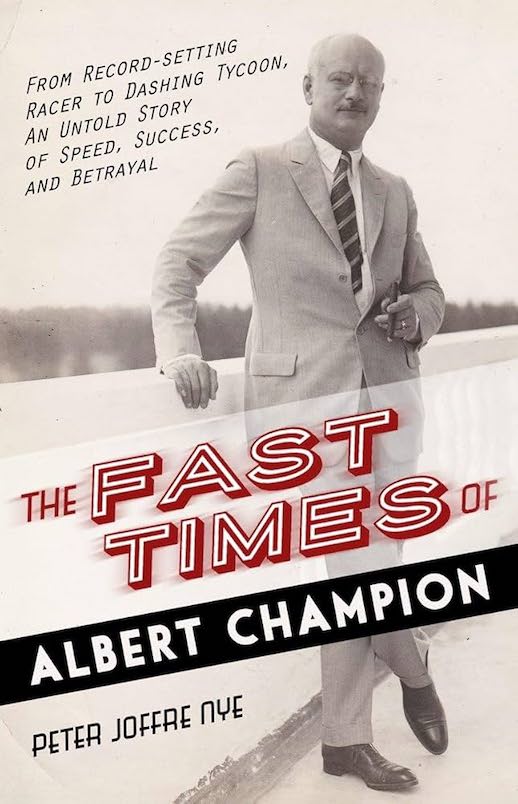
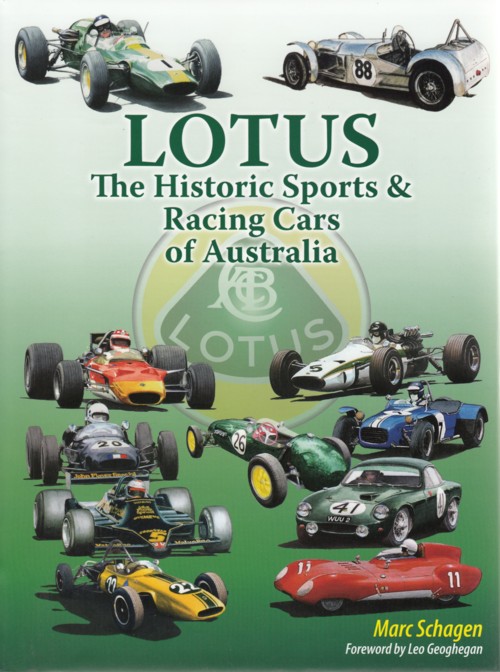
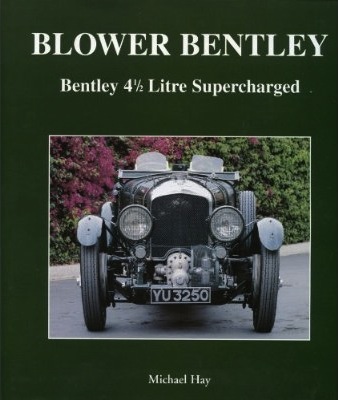
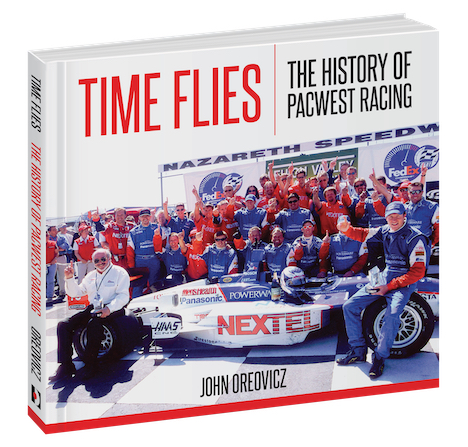

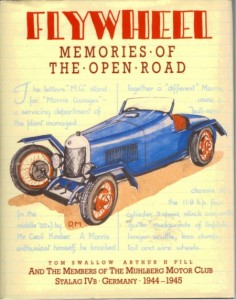
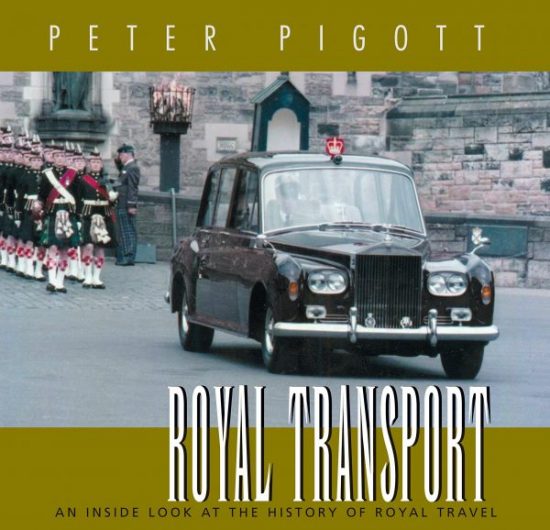
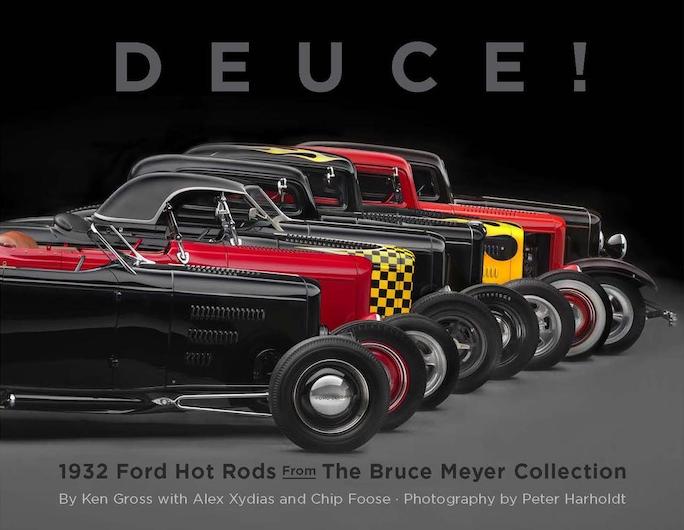
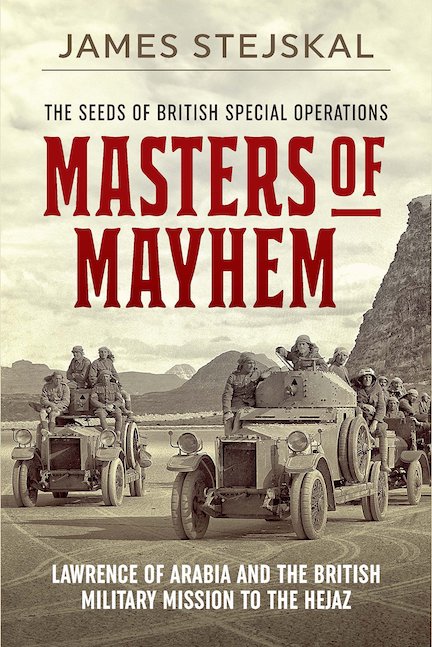
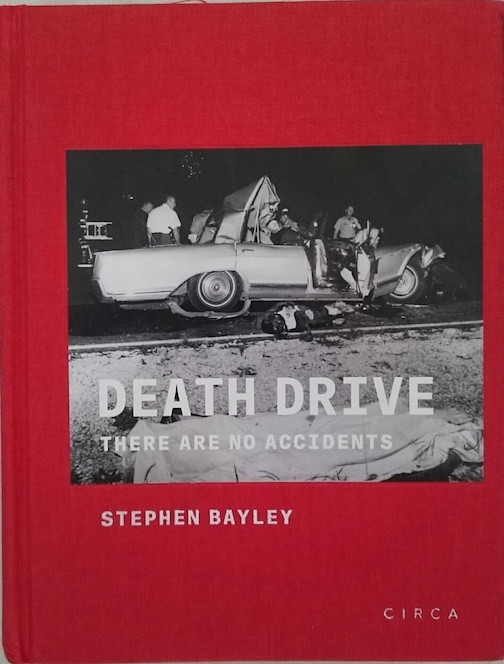
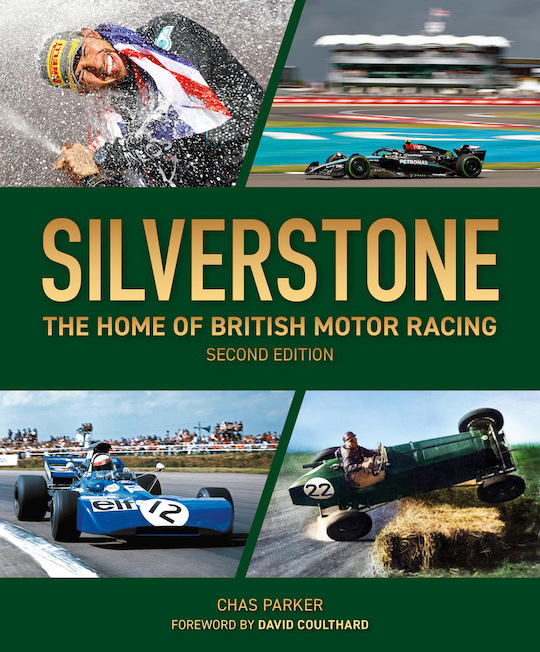
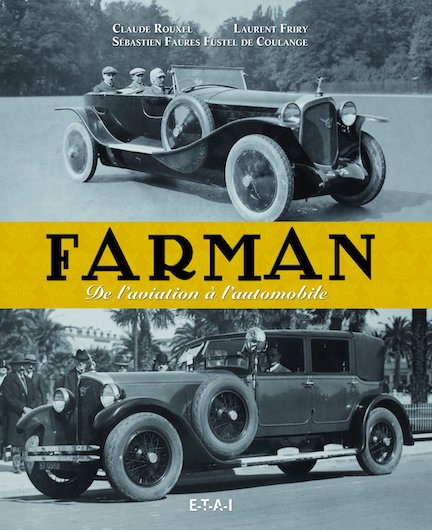

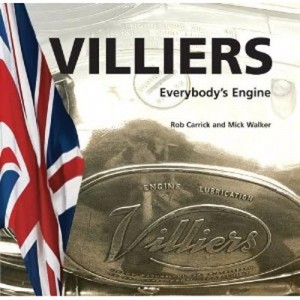
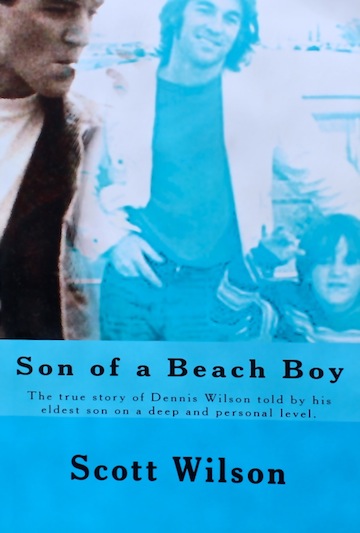
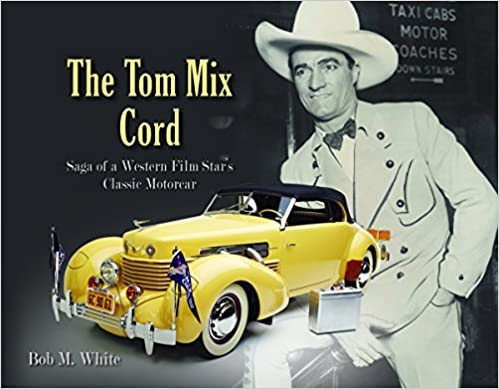

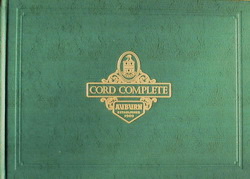
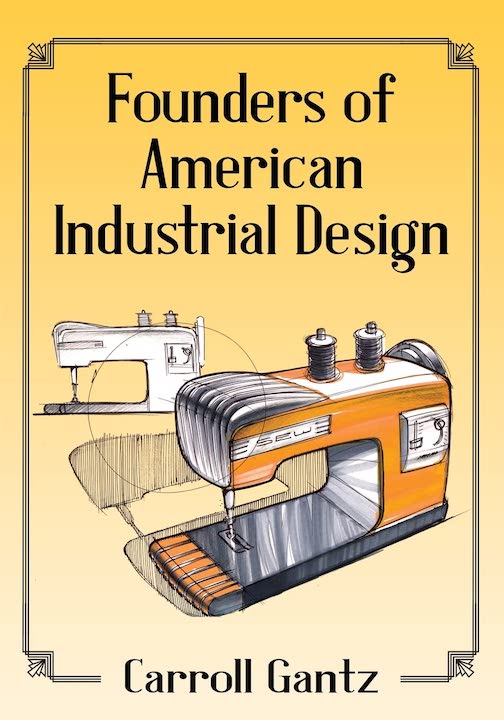
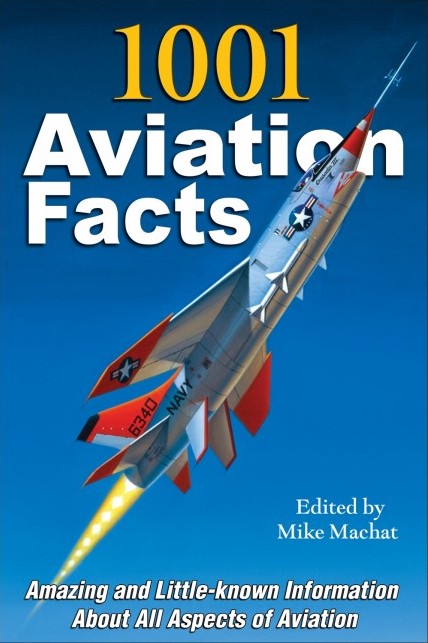
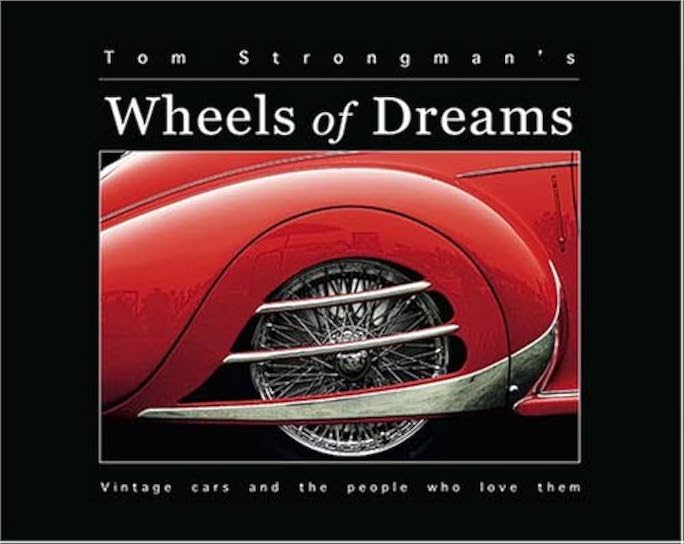
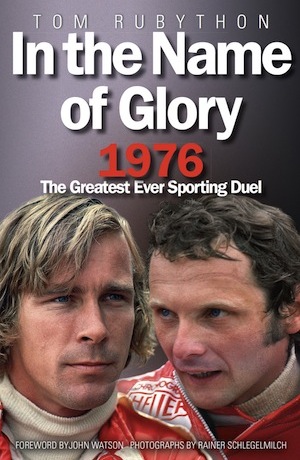
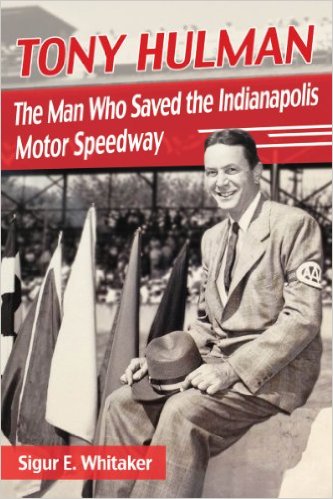
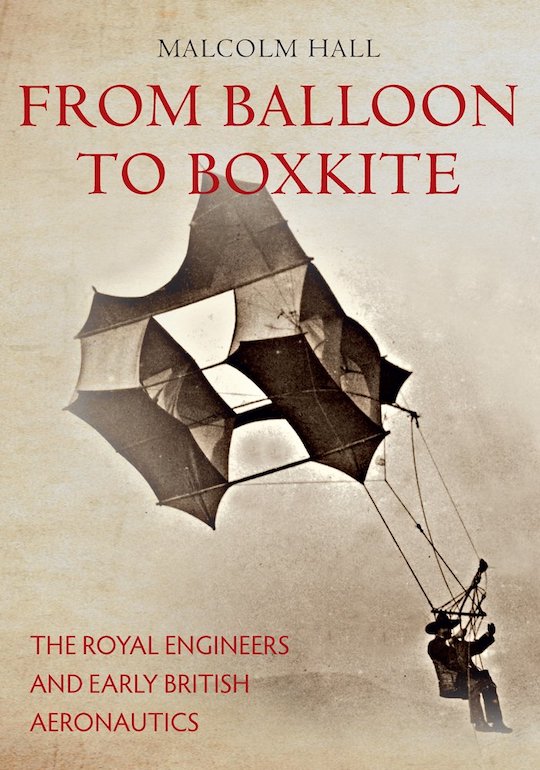
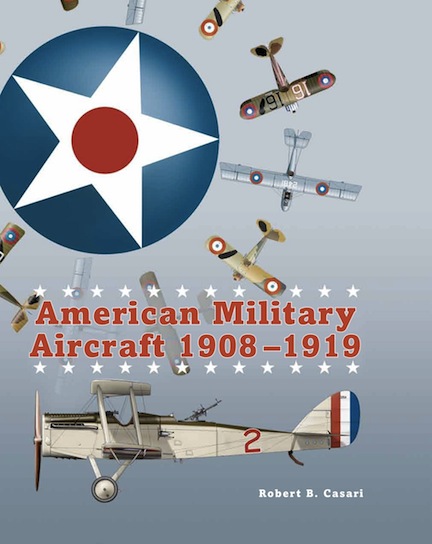
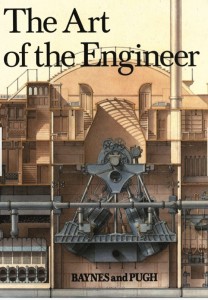
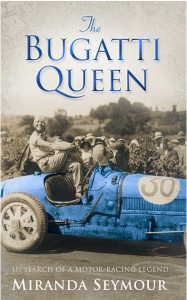
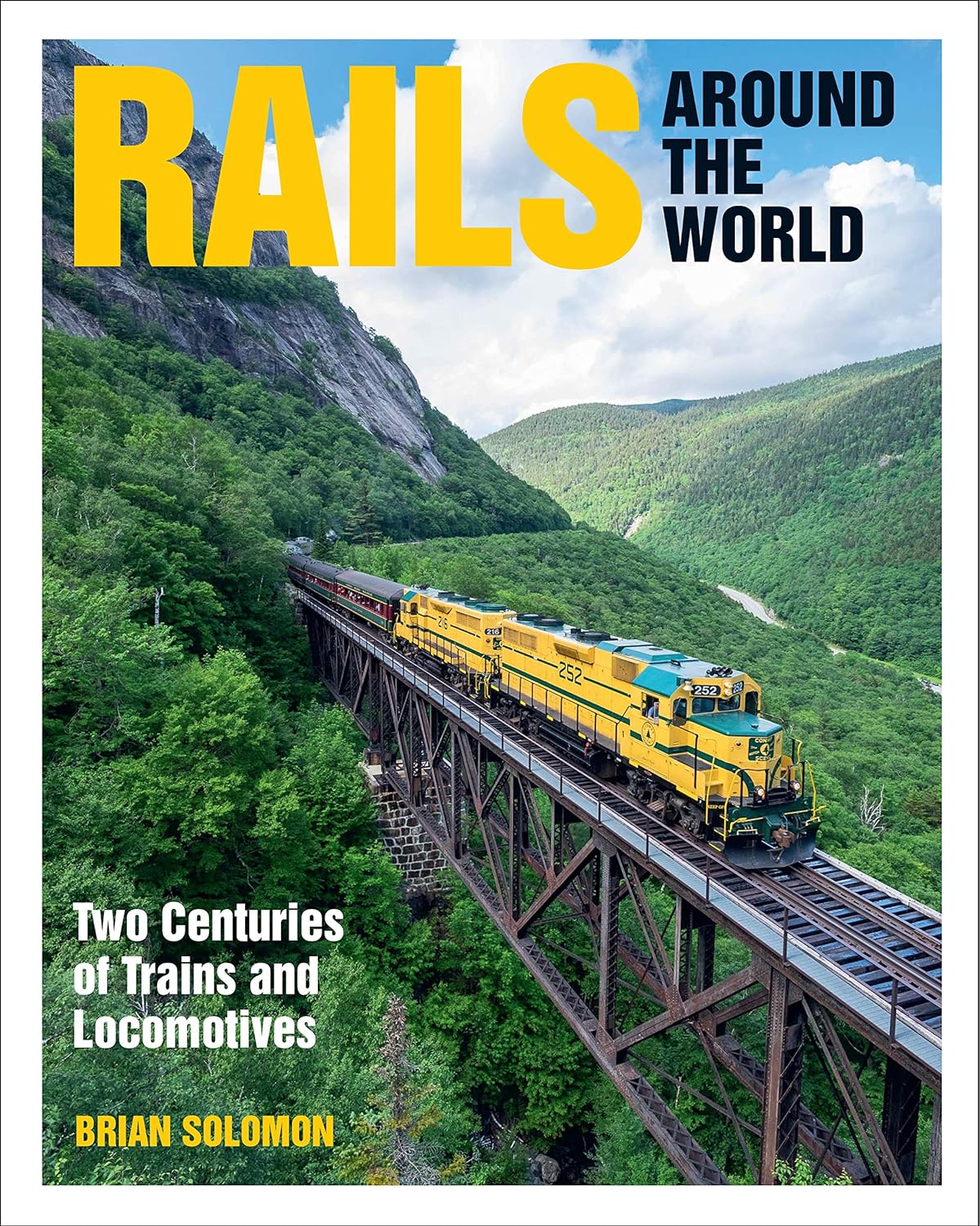

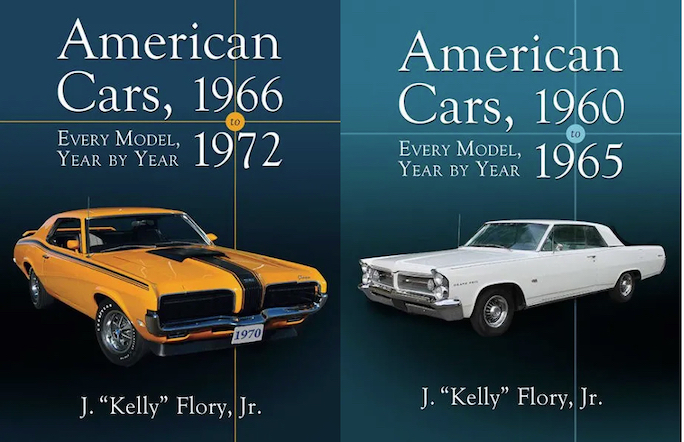

 Phone / Mail / Email
Phone / Mail / Email RSS Feed
RSS Feed Facebook
Facebook Twitter
Twitter
Hi, My father was Leonard Charles Roberts who raced his motorcycle at Lake Perkalilli between 1928 and 1936 when he married, and left Kalgoorlie for other gold mines, as he had graduated at Kalgoorlie School of Mines after attending Eastern Goldfields High School.
He died in 1967, and I found his ribbons for racing, and his old motorcycle was left in garage. Unfortuneately, my mother got rid of a lot of his Memorabilia and cycle. Has anyone heard of him? I am surprised that he didn’t turn to cars as being a mechanic, cars were his one love. We even had a pit in our garage in Nedlands for him to use, and he and his father Charles, who was Manager of Kalgoorlie foundry were always working on cars. They drove across Nullabor in 1924/5 with family of 6 to visit family in Bendigo, quite a feat camping all,the way and changng tyres many times when he was about 17. He was a cousin of John Tonkin of Kalgoorlie and Premier of Perth, originally from Cornwall England.
I have a photo of him somewhere on his bike. I will be unavailable for a few weeks so cannot attend gathering. All the best.
Cheers,
DIane Penberthy nee Roberts
Hi Diane
Wonderful to hear your story. Yes, Len Roberts is mentioned in my book on a number of occasions. It is a shame that you can’t attend the launch of the book on 21 August but perhaps we can chat more. You can contact me via our website http://www.motoringpast.com.au.
Best regards
Graeme Cocks
I live in Mt Lawley and am interested in the history of motor racing in WA.
Is it possible to phone and or visit you in the near future? I am a car collector and motor sport participant of many years standing. I have written articles about my cars over the years for various Club newsletters and for magazines such as Wheels. Great to see what you have done for our State history.
Dear Graeme,
My wife and I visited the Kalgoorlie Museum the weekend after the book’s launch. Her relative A.E. Reid was 1890’s builder (Turf Club & Reid Buildings, now the site if a petrol station ).
Having an interest in ’20s motor cars, particularly Chrysler and Studebaker (WC Nicked Studebaker’s engineers) I am familiar with the Silverwings Chrysler, at about the same time Malcolm Campbell was using a Chrysler at Brooklands.
Unfortunately the weight of your book precluded me from putting a copy in my luggage but my short perusal in the Museum has motivated me to say well done and good luck with it and anything in a similar vane you do in the future.
Regards Bill Baker
Hi Bill
Great to hear from you. It’s a shame you missed the book launch. The good news is that you can economically purchase the book from our website. We have local stocks in the United Kingdom so you do not have to pay for freight from Australia. Alternatively, you can purchase a copy from Horton’s Books. Norman “Wizard” Smith was the Studebaker legend of Lake Perkolilli, setting an Australian 24-Hour record. Is your AE Reid the Arthur Reid who wrote “Those Were the Days”?
Regards
Graeme Cocks